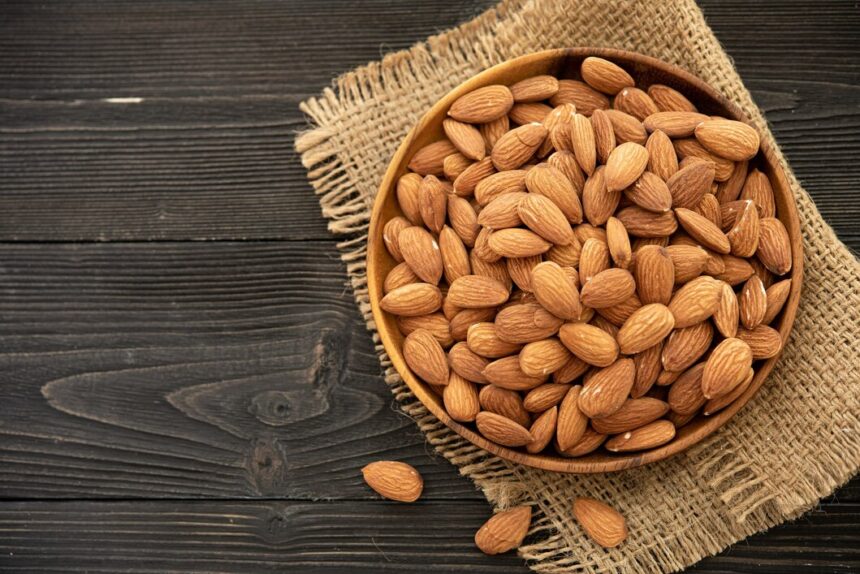Bacterial canker, caused by the pathogen Xanthomonas arboricola pv. pruni, is a serious threat to almond trees worldwide, capable of causing significant economic losses if left untreated. Recognizing the early signs of bacterial canker is crucial for almond growers to implement timely management strategies and prevent the spread of the disease. Here are ten key symptoms to watch for:
1. Leaf Lesions: One of the earliest signs of bacterial canker is the appearance of small, water-soaked lesions on the leaves. These lesions may initially be yellowish or translucent before turning brown or black as they expand.
2. Leaf Blight: As the disease progresses, infected leaves may exhibit symptoms of blight, with large portions of the leaf turning brown, wilting, and eventually dying. Leaf blight often starts at the margins and tips of the leaves before spreading inward.
3. Twig Dieback: Bacterial canker can cause dieback of twigs and branches, characterized by the sudden wilting and browning of foliage on affected branches. Infected twigs may also develop cankers, which are sunken, necrotic lesions on the bark.
4. Gumming: Infected almond trees may produce an excessive amount of gum or resin in response to bacterial invasion. Gumming often occurs at the site of cankers or wounds on branches, trunks, or fruit spurs.
5. Shoot Blight: In severe cases of bacterial canker, new shoots and young branches may exhibit symptoms of blight, with the tips wilting, turning black, and dying back. Shoot blight can significantly impact tree vigor and productivity if left unchecked.
6. Fruit Lesions: Bacterial canker can also affect almond fruit, causing small, sunken lesions to develop on the surface. These lesions may initially appear water-soaked or oily before becoming necrotic and turning dark brown or black.
7. Blossom Blight: During the flowering period, bacterial canker can infect almond blossoms, leading to blossom blight characterized by the browning and wilting of petals. Infected blossoms may also exhibit necrotic lesions or gumming.
8. Wilting and Decline: As the disease progresses, affected almond trees may show signs of overall wilting, decline, and reduced vigor. Leaves may become sparse, and branches may exhibit dieback, ultimately leading to canopy thinning and reduced yield.
9. Bark Cankers: Bacterial canker can cause cankers to form on the bark of branches, trunks, and scaffolds. These cankers are typically sunken, discolored, and may ooze gum or resin. Over time, bark cankers can girdle branches, leading to dieback and tree mortality.
10. Environmental Conditions: Bacterial canker tends to be more prevalent during periods of warm, humid weather, particularly during the spring and early summer when new growth is emerging. High humidity and rainfall can create optimal conditions for bacterial infection and disease spread.
Management Strategies:
Early detection and prompt action are essential for managing bacterial canker in almond orchards. If you suspect your almonds may be infected, consider implementing the following management strategies:
- Prune and remove infected branches and twigs to prevent further spread of the disease.
- Practice good sanitation by promptly removing and destroying infected plant material.
- Apply copper-based bactericides or other approved chemical treatments to suppress bacterial populations and protect healthy tissue.
- Avoid overhead irrigation and minimize moisture on foliage to reduce disease pressure.
- Monitor orchards regularly for signs of disease and implement integrated pest management (IPM) practices to minimize stress and maintain tree health.
By staying vigilant and proactive, almond growers can effectively manage bacterial canker and protect their orchards from the devastating effects of this destructive disease. Early detection and rapid intervention are key to preserving almond tree health and ensuring a productive harvest for years to come.
Join 'Farmers Mag' WhatsApp Channel
Get the latest Farming news and tips delivered straight to your WhatsApp
CLICK HERE TO JOIN






